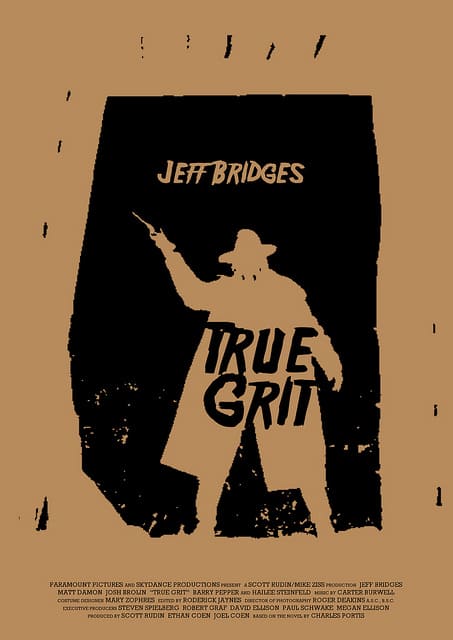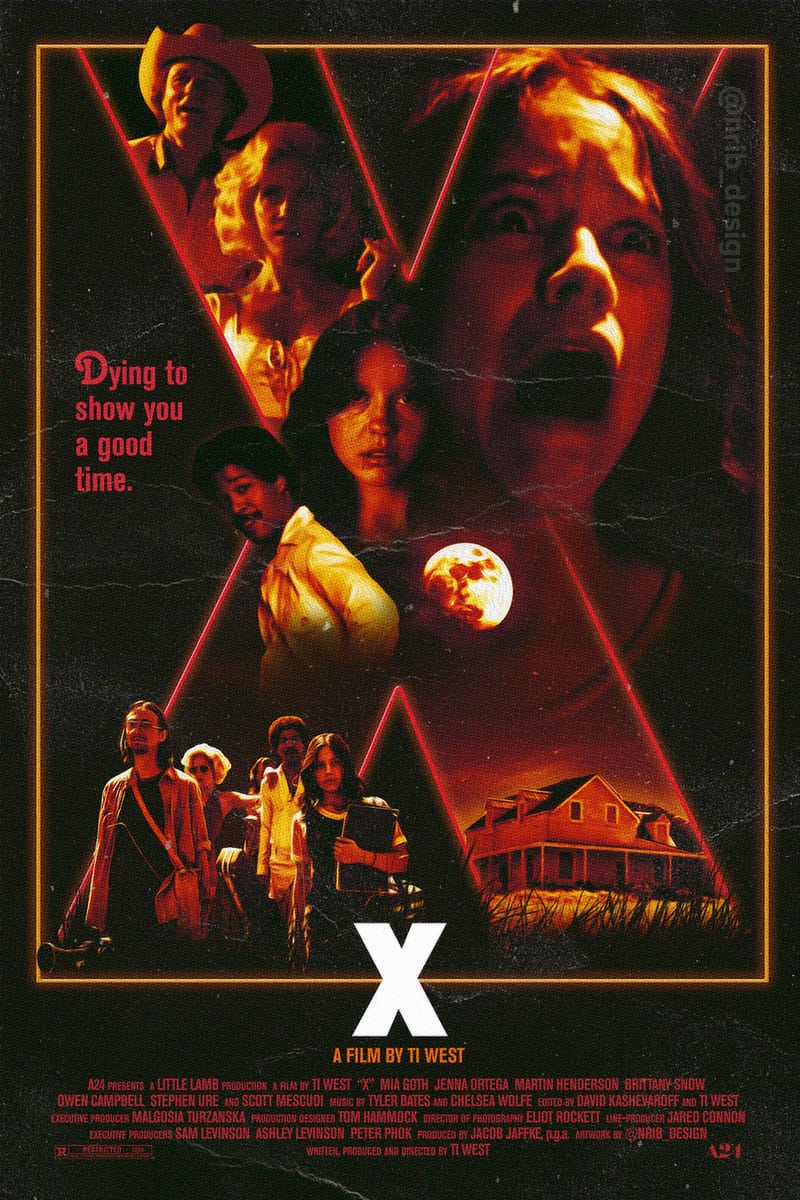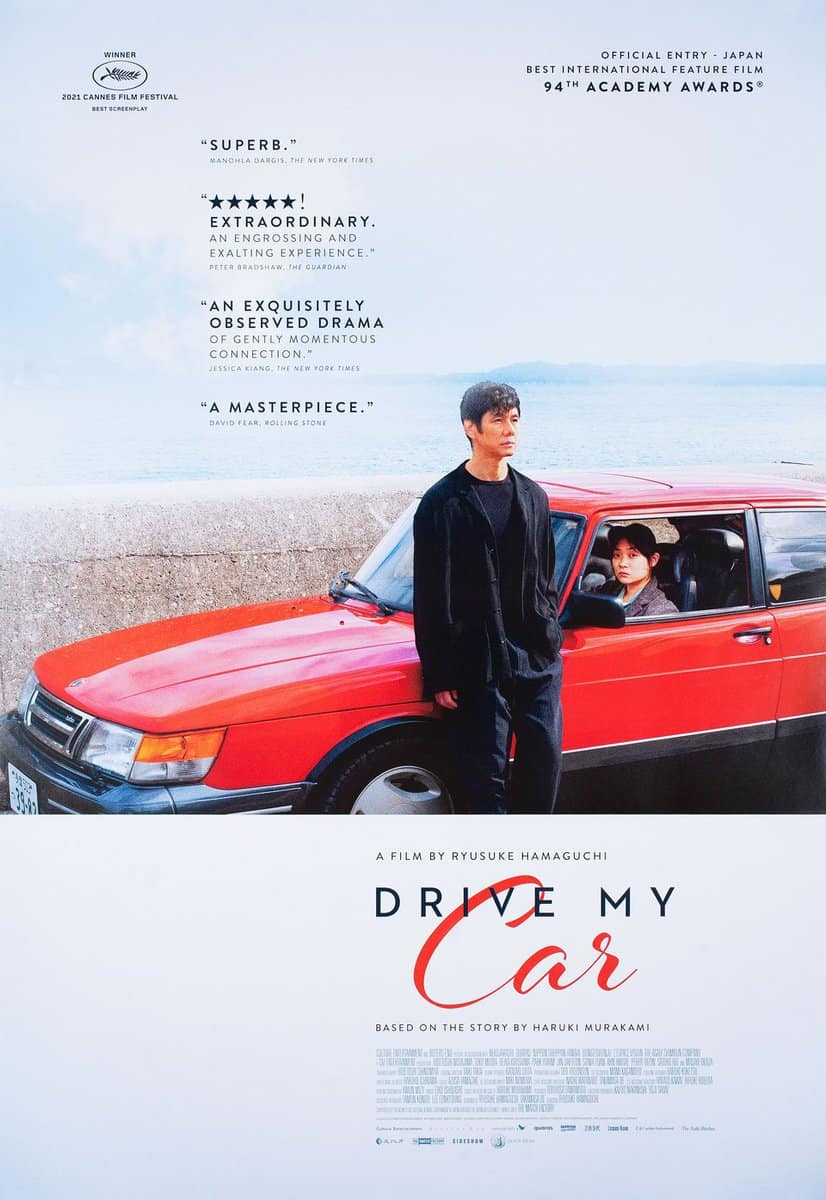
Through a combination of Simon Waskow’s score and impressive sound design, Luz feels like a nonstop sonic trip. The film opens with a single shot that carries on for several minutes while noisy yet ponderous synths slowly build up before exploding in a storm of cacophony. The music drives the film. From this first taste, it seems like Luz will essentially be a 70-minute music video for Waskow’s synth experiments. But it isn’t.
Instead, the film becomes consumed with ambient noise and sound that gradually ratchets up in intensity. In fact, the music and sound design become so intertwined that, at times, it becomes difficult to tell them apart. This first happens during a long scene at a bar. Initially, we hear only the bar’s constant din. Eventually, the faintest traces of ambient music filter in, as if they’re playing in a distant room. As the scene progresses, this becomes increasingly louder, matching the slow crescendo of the scene itself. But, because it increases at such a glacial pace, it is almost unnoticeable until the music erupts: Waskow adds synth, chaotic drumming, and an outburst of crazed saxophone. Over the course of twenty minutes, what was once imperceptible has become the sound of demonic madness.
Waskow also experiments with dreamier interludes, a haze of drone and chants. As the main character falls into a world of memories through forced hypnosis, the viewer follows, similarly immersed by the lull of these soundscapes. But, as before, Waskow violently breaks the trance, this time with crashing church bells, pounding drums, and hissing whispers.
The downside to this marriage between sound and score is that the music is sometimes overshadowed or underused. For instance, the song “Soft Array,” which appears on the released score, is a twelve-minute epic that gracefully shifts through half a dozen genres while maintaining its cohesion. Segments are present in the film, largely in the bar scene, but most of the track either is not or is so consumed by the sound design as to be unrecognizable. This is unfortunately true for much of Waskow’s score. But the end result in the film is already so effective that to change it would be to potentially disrupt this delicate balance.



